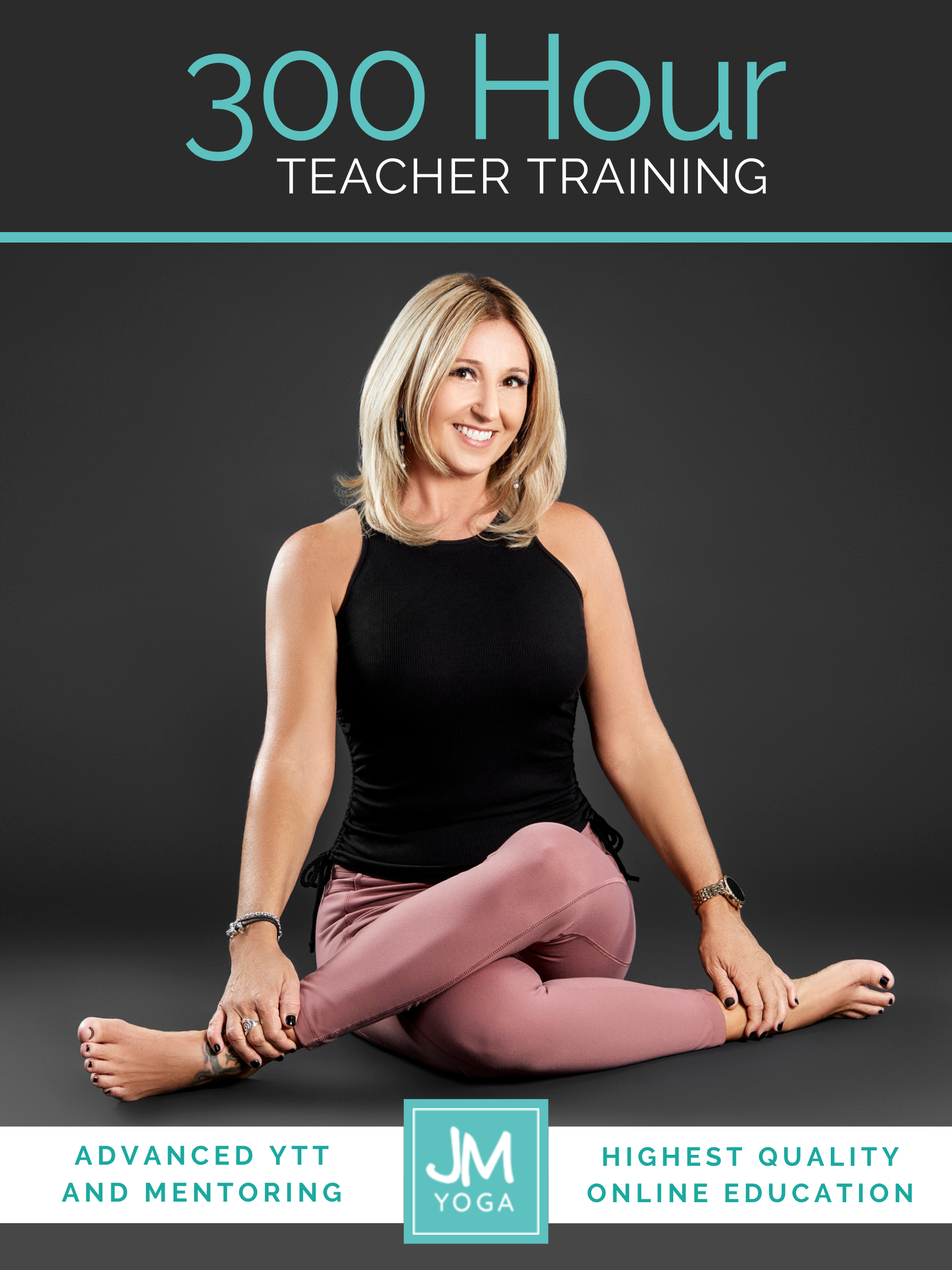What Yoga Teachers Should Know About Neuroendocrine Function and Mind-Body Interventions
In this episode of Yoga Research and Beyond, we review a 2025 systematic review and meta-analysis exploring the effects of mind-body interventions like yoga, tai chi, qigong, and meditation on neuroendocrine function. The paper, Effects of Mind-Body Interventions on Immune and Neuroendocrine Functions: A Systematic Review and Meta-Analysis of Randomized Controlled Trials, compiles data from 89 randomized controlled trials to see whether these practices influence biomarkers associated with stress, immunity, and emotional regulation. We discuss what this means for yoga teachers and how to interpret the science without overreaching.
Yoga, Cortisol, and the Neuroimmune Connection
I’m always looking for high-quality research that bridges science and yoga, so this paper really got my attention. It’s a systematic review and a meta-analysis of randomized controlled trials (RCTs) which puts it pretty high on the research quality hierarchy.
Here’s what the authors were looking at:
Mind-body interventions (like yoga, tai chi, and meditation) and how they affect markers of neuroendocrine function; things like cortisol, cytokines, interleukins, and BDNF (brain-derived neurotrophic factor), which are all measurable in blood.
These markers tell us about how our bodies regulate stress, immunity, metabolism, mood, and sleep; areas that yoga teachers often talk about, sometimes loosely. This paper adds scientific weight to the conversation.
Why This Study Matters for Yoga Teachers
One of my favorite lines in the paper was in the second paragraph: “The immune, nervous, and endocrine systems are interconnected.”
If you’ve been exposed to pain science, this might sound familiar. But it’s a big deal. We’re moving away from siloed understandings of anatomy and toward a more integrated view. Some nerve cells actually are immune cells. That kind of overlap has huge implications for how we think about yoga’s potential effects, not as isolated stress relief or mindfulness, but as a possible input into these larger, interconnected systems.
Understanding the Research Process
If you’re new to systematic reviews, here’s a quick breakdown:
- Systematic review = researchers searched academic databases for every RCT on mind-body interventions that measured neuroendocrine biomarkers.
- Meta-analysis = they crunched the numbers from those studies to look for patterns across the data.
They started with 1,697 papers, narrowed it down based on clear criteria (like whether the study actually included a mind-body intervention, reported effect sizes, and measured specific biomarkers), and ended up with 89 studies. That’s actually a pretty high number for this type of review.
One thing I appreciate is how meticulous this process is. Two researchers independently reviewed the papers. If they disagreed, a third person weighed in. They also excluded duplicate studies, which is more common than you’d think. Researchers often publish the same dataset in multiple places.
What They Found
Let’s get to the findings:
- Mind-body interventions generally lowered pro-inflammatory biomarkers (like certain cytokines and cortisol).
- They also increased anti-inflammatory and immune-enhancing markers.
- BDNF, associated with emotional regulation and brain health, increased in some subgroups.
- Effects across the board were small to moderate.
They also looked at specific populations: cancer patients, people with inflammatory diseases, and those with viral infections. Across most conditions, the interventions showed benefits, but cancer patients were the least responsive. That part was a little disheartening, though still informative.
What You Can (and Can’t) Say from This Study
Here’s the nuance I want every yoga teacher to walk away with:
- This study shows short-term changes in biomarkers after yoga and similar practices. That’s an internally valid finding.
- But it does not show that yoga prevents disease or increases longevity. That would be external validity, which requires long-term studies that track outcomes over time.
The authors acknowledge this in the paper. They recommend future longitudinal studies to determine whether these biomarker changes translate into real-world health outcomes.
So yes, you can say yoga may help regulate stress responses. Just don’t leap from “reduced cortisol” to “yoga cures disease.”
Final Thoughts
I thought this was a really well-done paper. Low risk of bias, clear inclusion criteria, and a ton of data. If you’re intimidated by systematic reviews, don’t be. A big portion of the paper is tables and charts that summarize each study, which are useful if you want to go deeper into a specific intervention or condition. You don’t have to memorize the stats to get value from them.
The big takeaway?
As yoga teachers, it’s helpful to understand how the nervous, immune, and endocrine systems are interrelated. Even if you don’t dive into the specifics, knowing that these systems overlap—and that practices like yoga might influence them—is empowering and informative.
Let’s keep learning, stay curious, and stay nuanced.
Liked this episode?
Subscribe to Yoga Research and Beyond and share it with your fellow yoga teachers. Let’s keep bridging the gap between research and real-world teaching.
Extend Your Learning: Advanced Yoga Teacher Training with Jules Mitchell
This program is ideal if you have an interest in biomechanics, principles of exercise science, applications of pain science, neurophysiology, and stretching. These themes are combined with somatics, motor control theory, pose analysis and purpose, use of props for specific adaptations, pathology, restorative yoga, and intentional sequencing.
You will learn to read original research papers and analyze them for both their strengths and their biases. Critical thinking and intellectual discourse are central components in this training, which was designed to help teachers like you navigate through contradictory perspectives and empower you with education. Learn more >

